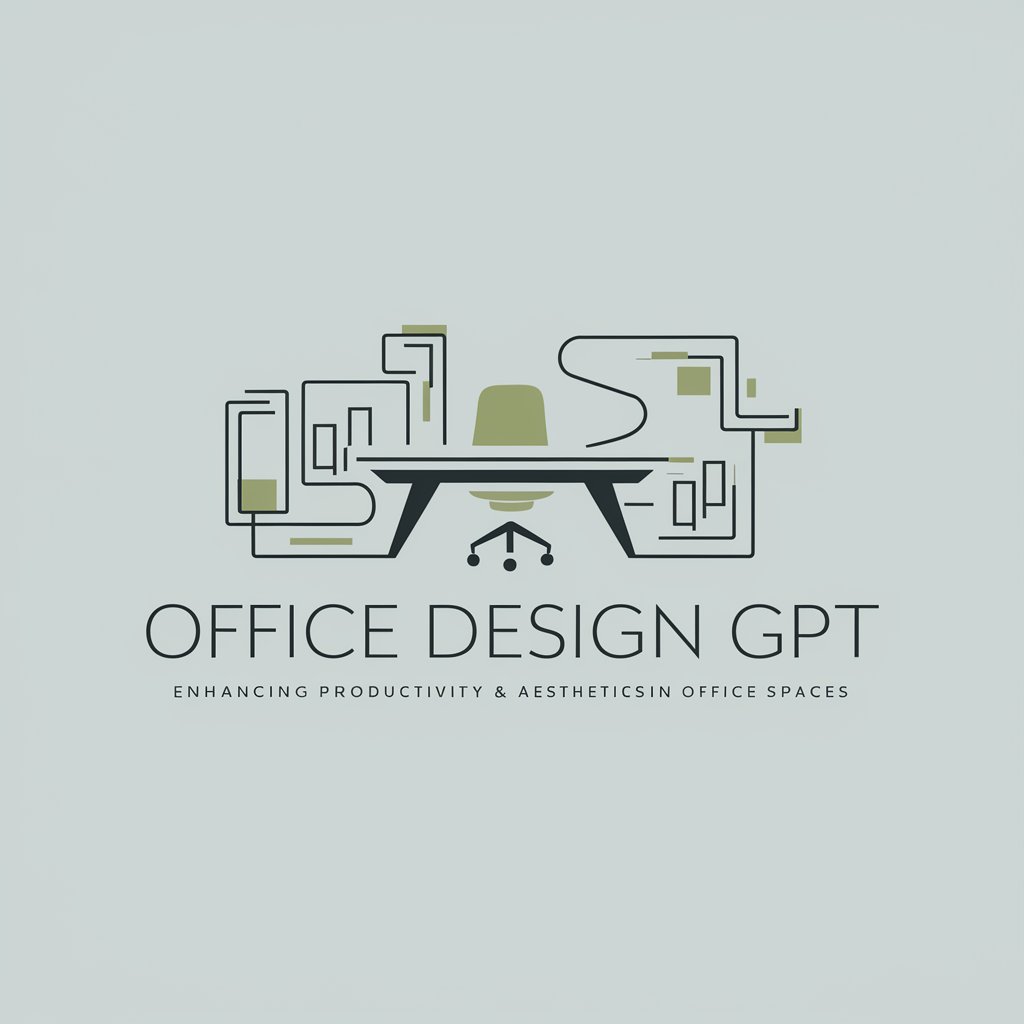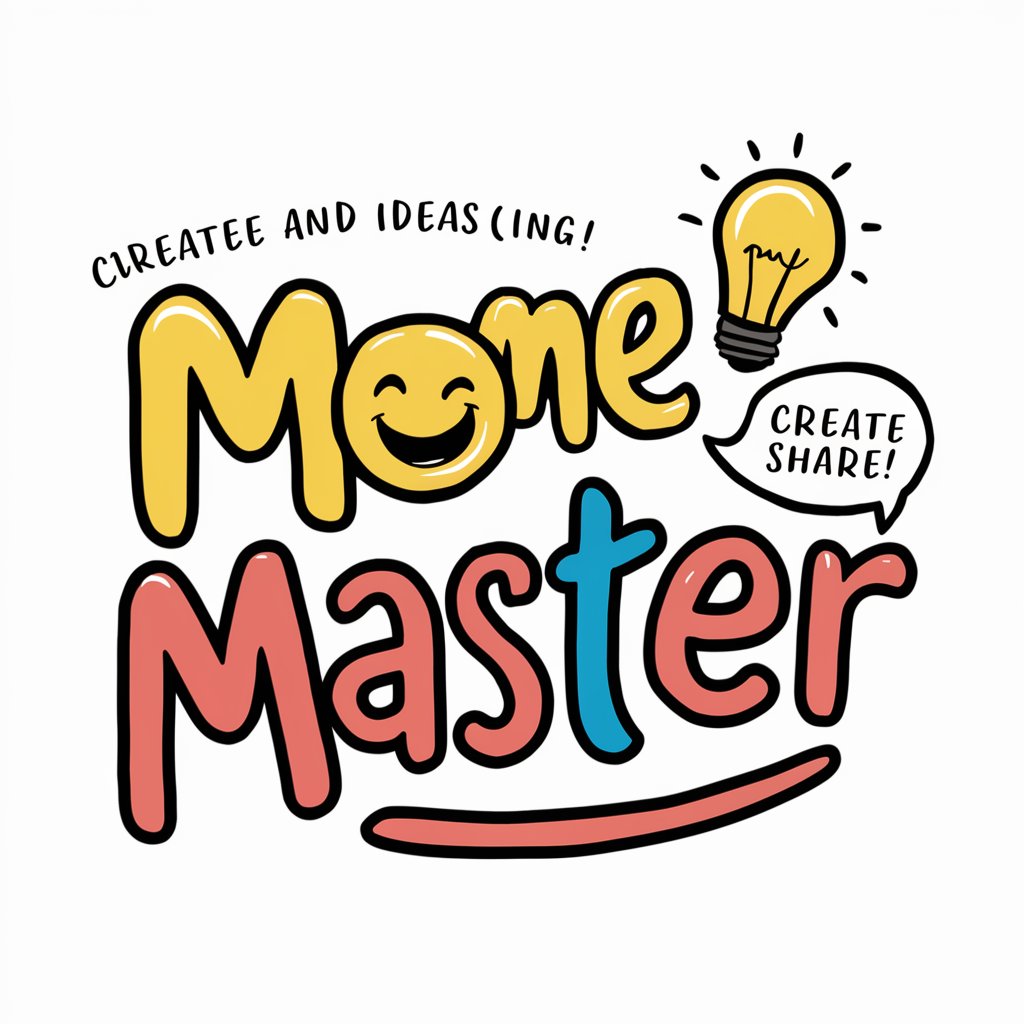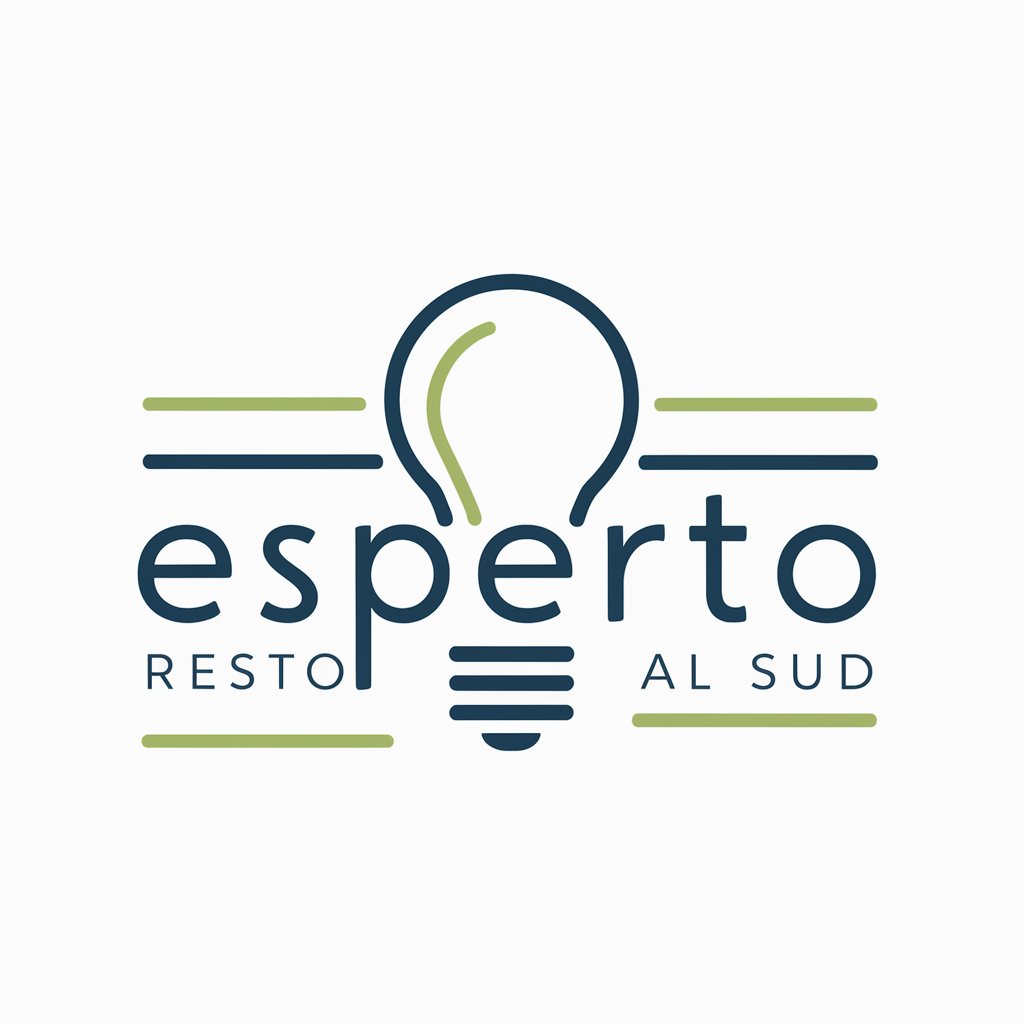Office Design - Office Design Insights

Welcome! Let's design your perfect office space.
Designing Productive Workspaces with AI
What are some modern office layout ideas to enhance productivity?
How can I choose the right furniture for a small office space?
What color schemes work best for a calm and focused office environment?
How can I optimize lighting in my office for better aesthetics and functionality?
Get Embed Code
Understanding Office Design
Office Design focuses on the strategic planning, aesthetic arrangement, and functional optimization of office spaces to enhance productivity, well-being, and visual appeal. It encompasses various aspects, including space planning, furniture selection, color schemes, lighting, and ergonomic considerations. A well-designed office not only addresses the practical needs of daily operations but also reflects the company's culture and values. For example, a tech startup might opt for an open-plan layout to foster collaboration and creativity, incorporating flexible workstations and vibrant colors. Conversely, a law firm might prioritize private offices and a more traditional design to convey professionalism and confidentiality. These scenarios highlight how office design can be tailored to meet specific organizational goals and employee needs. Powered by ChatGPT-4o。

Core Functions of Office Design
Space Planning and Optimization
Example
Designing an office layout that maximizes the use of available space while ensuring employees have enough room to work comfortably and efficiently.
Scenario
A small business expanding its team within a limited office space. Through effective space planning, zones are created for different activities, such as collaboration areas, private workspaces, and relaxation spots, ensuring the office remains functional without feeling cramped.
Ergonomic Design and Furniture Selection
Example
Choosing desks, chairs, and other furnishings that support the physical health of employees, reducing the risk of strain or injury.
Scenario
An IT company upgrading its office furniture to include adjustable standing desks and ergonomic chairs. This change leads to improved employee comfort and potentially reduces the incidence of musculoskeletal complaints.
Aesthetic and Environmental Enhancement
Example
Incorporating elements like color, lighting, and greenery to create a visually appealing and psychologically uplifting environment.
Scenario
A creative agency redesigning its office to boost creativity and morale. The use of natural light, vibrant wall colors, and indoor plants transforms the space into an inspiring and energizing environment.
Who Benefits from Office Design Services
Small to Medium-sized Enterprises (SMEs)
SMEs, often with limited budgets and space, can benefit immensely from office design services to create a functional, flexible workspace that supports growth and adapts to changing business needs.
Large Corporations
With more resources and complex organizational structures, large corporations utilize office design to streamline operations, enhance brand identity, and create a healthy, productive workplace culture.
Startups
Startups favor innovative, flexible office designs that reflect their dynamic culture and support rapid growth, collaboration, and the well-being of their often young and creative workforce.
Remote and Hybrid Teams
Companies with remote or hybrid work models benefit from office design by creating spaces that support occasional in-office work, collaboration, and social interaction, catering to the unique needs of a dispersed workforce.

How to Use Office Design
Start Your Journey
Initiate your Office Design exploration by visiting yeschat.ai for a complimentary trial, accessible without the need for login or subscription to ChatGPT Plus.
Define Your Needs
Identify and outline your specific office space requirements, including size, function, and aesthetic preferences, to ensure tailored design suggestions.
Explore Design Principles
Leverage the tool to learn about contemporary design principles, ergonomic considerations, and how they can be applied to enhance productivity and aesthetics in your office space.
Implement Suggestions
Use the provided design suggestions to rearrange your office layout, select furniture, and choose color schemes and lighting that align with your identified needs.
Refine and Adjust
Experiment with different arrangements and settings within the tool to refine your office design, ensuring it meets both functional and visual standards for an optimal workspace environment.
Try other advanced and practical GPTs
Smart Factory Mentor
AI-powered Smart Factory Expertise

FriendGPT
Your AI-powered empathetic friend

淨好益菌貼文
Elevate Your Brand with AI-Powered Posts

KN lotto
Elevate Your Odds with AI

English Phrases to Filipino Phrases
Seamless translation, enriched by AI.

Meme Master
Craft Memes with AI Magic

Esperto Resto al Sud
Empowering Your 'Resto al Sud' Journey with AI

Startup Mentor
Empowering startups with AI-driven insights

Study Maximizer
Maximize Learning with AI Power

Sustainable Living
Empower your eco-friendly lifestyle with AI

51
Exploring 51 with AI-powered insights

Blog Writer Pro
Empowering Your Words with AI

FAQs on Office Design
How can Office Design enhance workplace productivity?
Office Design optimizes workspace layouts, furniture selection, and ambient elements like color schemes and lighting to create an environment that reduces distractions, improves comfort, and fosters focus, thereby enhancing productivity.
Can Office Design help in selecting ergonomic furniture?
Yes, it offers guidance on choosing ergonomic furniture that supports proper posture and reduces strain, including recommendations on desks, chairs, and monitor stands, tailored to your workspace requirements.
Is it possible to customize color schemes using Office Design?
Absolutely, Office Design provides insights into the psychology of colors and how different hues can influence mood and productivity, enabling you to customize your office's color scheme to suit your aesthetic and functional needs.
How does Office Design accommodate different office sizes?
It features scalable design solutions that can be adapted to various office sizes, from small home offices to large corporate spaces, ensuring efficient use of space and alignment with design principles.
What are the tips for maintaining an optimal office design?
Regularly review and adjust your office layout to adapt to changing needs, invest in quality, ergonomic furniture, and incorporate natural elements and personal touches to maintain an environment that is both productive and inviting.
